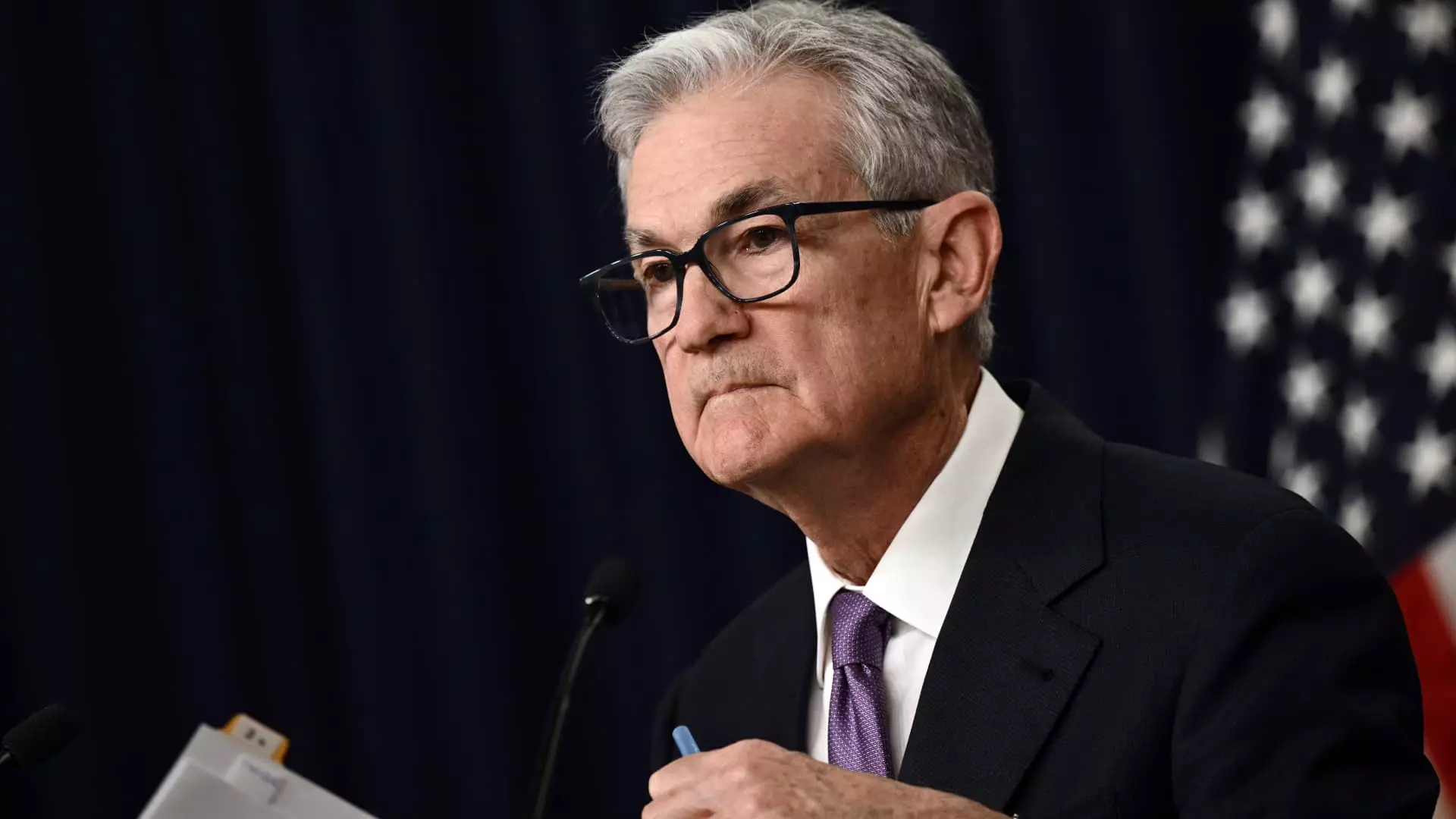The Federal Reserve recently released the minutes from their December meeting, revealing that interest rate cuts are likely to occur in 2024. Although they provided few details on when these cuts might happen, Federal Reserve officials expressed a consensus that three quarter-percentage point cuts can be expected by the end of 2024. However, there remains a high level of uncertainty surrounding the timing and implementation of these cuts. This article dives into the key insights from the minutes and explores the factors influencing the Federal Reserve’s decision-making process.
Improvements in Inflation and Labor Market Balance
During the December meeting, officials acknowledged the progress made in combating inflation. They noted that supply chain factors, which contributed to a surge in mid-2022, have since eased. Additionally, the labor market is slowly moving towards a better balance, although it is still a work in progress. These developments have contributed to a more positive outlook on inflation and have influenced participants’ projections of a lower target range for the federal funds rate by the end of 2024.
Uncertainty About the Policy Path
While the majority of participants in the meeting projected interest rate cuts in the coming years, there was an “unusually elevated degree of uncertainty” surrounding the policy path. Officials highlighted the need for a careful and data-dependent approach to monetary policy decisions, emphasizing that policy should remain at a restrictive stance until inflation shows sustained movement towards the Committee’s objective. Some members even suggested that keeping the funds rate at an elevated level might be necessary if inflation fails to cooperate, while others considered the possibility of additional hikes depending on evolving conditions.
Despite the cautious approach outlined in the minutes, markets anticipate aggressive interest rate cuts in 2024. Fed funds futures trading indicates expectations for six quarter-point cuts this year, which would bring the fed funds rate down to a range between 3.75% and 4%. However, Richmond Fed President Thomas Barkin expressed caution about policy, highlighting the numerous risks involved in guiding the economy towards a soft landing. This divergence between market expectations and Fed officials’ cautious tone introduces an element of uncertainty and calls for careful monitoring of future developments.
The minutes indicate that “clear progress” has been made against inflation, with a six-month measure of personal consumption expenditures suggesting that the inflation rate has fallen below the Fed’s 2% target. However, progress has been uneven across sectors, with energy and core goods experiencing decreases while core services continue to rise. These sectoral disparities underscore the complexity of the inflation landscape and suggest that policy decisions must consider a broad range of factors.
Managing Bond Holdings
The Federal Reserve also addressed their efforts to reduce the bond holdings on their balance sheet. By allowing maturing proceeds to roll off rather than reinvesting them, the central bank has already decreased its balance sheet by approximately $1.2 trillion. Several members of the Federal Open Market Committee (FOMC) noted that it would be appropriate to wind down this process when bank reserves are slightly above the level deemed consistent with ample reserves. These discussions will commence well in advance of the actual winding down, ensuring ample notice to the public.
The Federal Reserve’s December meeting minutes provide insights into the potential for interest rate cuts in 2024. While officials express optimism about progress made against inflation and improving labor market balance, they also acknowledge significant uncertainty surrounding the policy path. Market expectations for aggressive cuts contrast with the Fed’s cautious approach, and managing inflation in different sectors presents challenges. Moreover, the central bank’s efforts to reduce its bond holdings are underway, with plans to wind down the process as bank reserves meet appropriate levels. As the economy evolves, careful and data-dependent decision-making will be crucial in maintaining economic stability and achieving the Federal Reserve’s objectives.

Leave a Reply